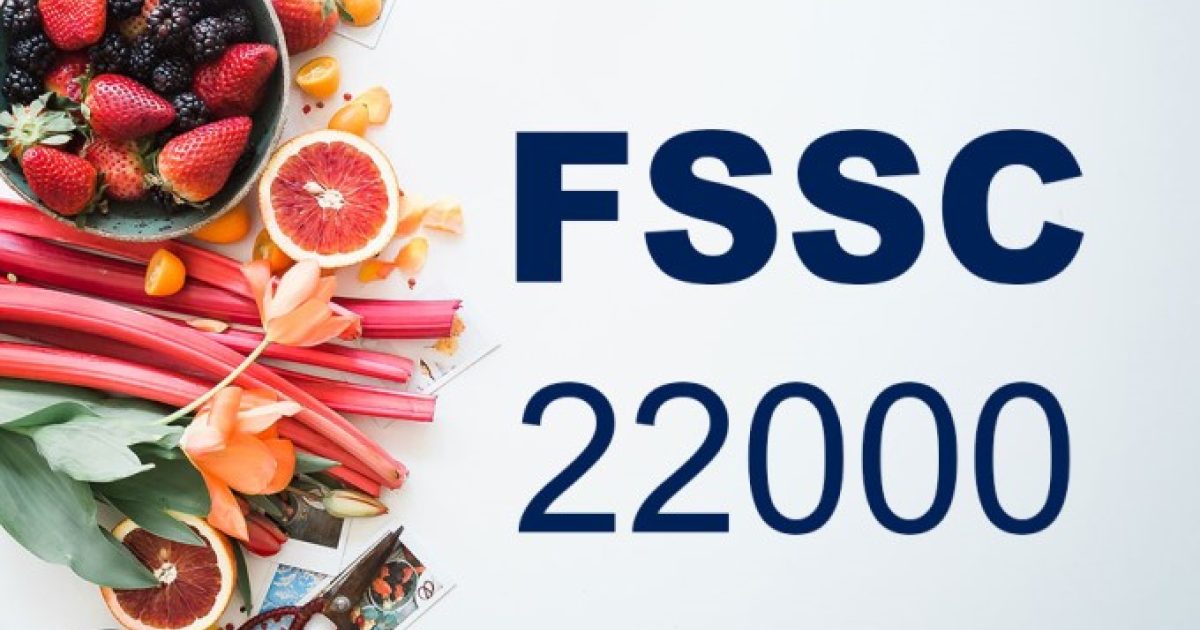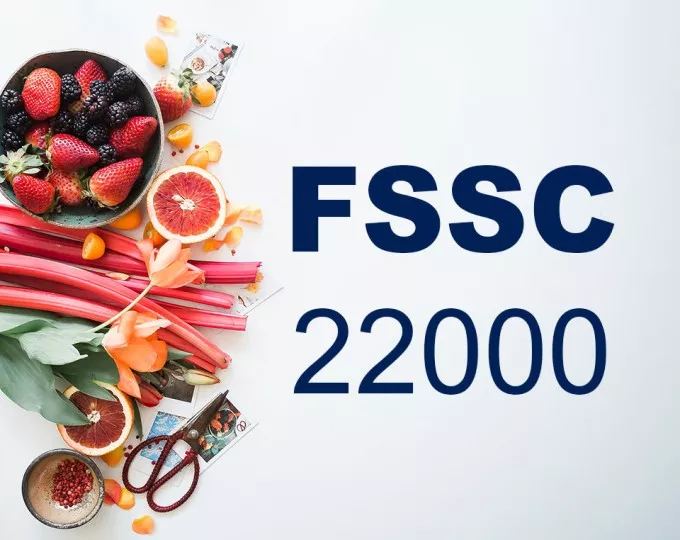Who'd be in the food business with the plethora of regulatory, industry and customer standards, codes, audits and other pre-requisites to satisfy? Seems like you need a good full-time Compliance Manager just to keep up – and who can afford that?
That's why the Global Food Safety Initiative (GFSI) was established; to benchmark food safety programs, which organisations can implement with the assurance that it will satisfy all of their major customers' requirements. Superior organisations would simply require their suppliers to be certified to any one of those GFSI recognised certification programs.
ISO 22000 was published in 2005 establishing an ISO food safety management system standard for the first time. It filled a void because HACCP certification was not based on any particular standard, rather only the based on CODEX Alimentarius Guidelines (except for a handful of approved codes throughout the world such as TQCSI's HACCP Code). But GFSI required a little more; specifically, compliance with industry norms.
What is the benefit of FSSC 22000?
FSSC 22000 was established by the Foundation incorporating ISO 22000, the respective Pre-requisite Program (PRP) for the specific industry and some fundamental GFSI specific requirements. The beauty of FSSC 22000 is that it is the only GFSI recognised certification programs that is based on a management system, which fundamentally allows organisations to achieve food safety outcomes the way they want rather than following a prescriptive specification.
There are absolute requirements within the PRPs, of course, but fundamentally FSSC 22000 allows organisations to develop their own food safety management system that best suits them providing they can assure the safety of food.
Components of GFSI recognised schemes

Is FSSC 22000 a challenge?
There are challenges with FSSC 22000 though. Unlike ISO Standards, certification bodies (CBs) have to meet the requirements of, both, the Program owner (the Foundation) and the respective accreditation body. It is an expensive program, largely because of the extra fees CBs have to pay the Foundation for each certificate on top of the normal accreditation costs. Also, it is administered in a very bureaucratic fashion by the Foundation, much more so than an ISO accredited program, which adds significant compliance costs for CBs who obviously need to pass those costs on to their clients.
How TQCSI can help you with FSSC 22000 Certification?
TQCSI operates in many countries have is that auditors must audit have five separate clients each year to maintain their registration. That might not sound onerous but FSSC auditors are only able to audit in specific industry categories, which means CBs need significant numbers of clients in each country to ensure there are enough audits for the auditors to meet their requirement. It's very much a chicken and egg situation for CBs, even for TQCSI which certifies more ISO 22000 and HACCP clients than any other JASANZ accredited CB.
So, is FSSC the answer?
Certainly, it lifts food safety compliance to a new level and demands best practice. Certainly, it's the best GFSI option. It can be very difficult for small organisations to implement a System to meet the requirements and forget it if your premises are not hygienic. Most of the work is in the development of the System; Hazard Control Plans, Food Defence and Food Fraud Mitigation Plans, procedures, monitoring, etc. Few small and medium sized organisations would be able to implement it themselves and would need some expert assistance. Once certified though, it's not difficult to retain certification and there is little difference between ISO 22000 and FSSC 22000 in the work required to maintain certification. So, as long as each new version of the Standard does not impose unrealistic requirements, FSSC 22000 may well be the food safety management system standard of choice for many years to come.
Enquire about FSSC certification of your Food Safety Management System or watch a video about the difference between HACCP, ISO 22000, and FSSC 22000.


